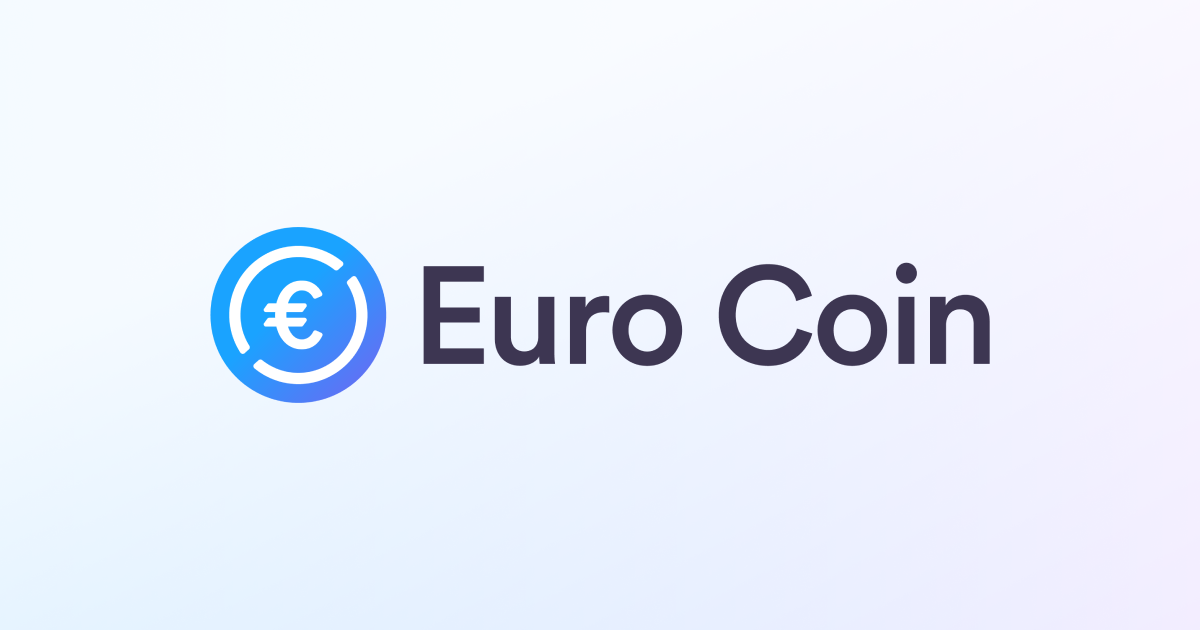Web3 messaging: Fostering a new era of privacy and interoperability
Beoble, a wallet-to-wallet messaging app, aims to offer decentralized communication with heightened privacy and interoperability.
Traditional messaging has room for improvement, and Web3 technologies can fill the gap . Industry analysts predict significant growth, with the blockchain-based messaging apps market anticipated to exceed $600 million by 2030.
Leveraging decentralization, data privacy, interoperability and innovative monetization models, Web3 messaging platforms have the potential to address many of the shortcomings of their centralized counterparts.
Unlocking Web3 messaging
Platforms like WhatsApp are centralized — owned and controlled by a single entity — which can lead to issues like censorship, single points of failure and lack of user control. Web3 messaging systems leverage blockchain technology to decentralize infrastructure, distribute control among network participants and reduce censorship risks.
How peer-to-peer platforms like WhatsApp work. Source: Beoble
Designed to be interoperable with various decentralized applications (DApps) and blockchain networks, Web3 messaging protocols enable developers to seamlessly integrate messaging functionality into their decentralized services — a stark contrast to their traditional equivalents that host closed ecosystems, which limit communication with users on other platforms.
Beoble , a communication infrastructure and ecosystem that allows users to chat between wallets, is one of the Web3 messaging platforms ready to change how people use digital communication. The platform comprises a web-based chat application and a toolkit for seamless integration with DApps.
Dubbed “WhatsApp for Web3,” Beoble removes the need for login methods like Twitter or Discord, instead mandating only a wallet for access. Users can log in using their wallets and send texts, images, videos, links and files across blockchain networks.
Blockchain app users can utilize emojis and nonfungible token (NFT) stickers in their digital communication with Beoble, adding a layer of personality to their conversations. With features like message reactions, replies and customizable chatroom settings, Beoble caters to the diverse needs of Web3 enthusiasts.
Token-gated chatrooms as spam filters
The wallet-to-wallet communication infrastructure supports token-gated chatrooms where users can set up exclusive digital spaces with specific criteria for entry, such as ownership of certain NFTs, minimum token holdings or transaction history thresholds.
Token-gated chatrooms also serve as spam filtering mechanisms. Source: Beoble
For instance, one room can be exclusive to Pudgy Penguin NFT holders, while another may require a minimum balance of Ether ( ETH ) on users’ related Web3 wallets.
By leveraging on-chain data, Beoble empowers users to filter out spammers and scammers from direct messaging or sending group chat invitations based on predefined criteria.
Wallet tracker with social features
By following other users, individuals can add them to their contact list, ensuring easy access for direct messaging and group interactions. Beoble utilizes follow data to provide personalized user and chatroom recommendations through its algorithm, enhancing the overall user experience.
Beyond social connectivity, the “Follow” action serves as a wallet activity tracker. Upon following a user, individuals are automatically enrolled in follower rooms. Beoble posts real-time transaction updates related to the followed user’s wallet in follower rooms, facilitating discussions among followers and fostering an informed community environment.
Beoble has already completed a fundraising round, securing $5 million. The platform has also seen traction with over 300,000 monthly active users, 50,000 daily active wallets and 21 million delivered chats. It is developing Beoble 2.0, a messaging protocol that lets users chat across “all chains and DApps.” The upcoming version is scheduled to be released in 2024.
The emergence of Web3 messaging platforms presents a transformative opportunity to overcome the limitations of centralized communication systems, offering users enhanced privacy, interoperability and monetization options.
Disclaimer. Cointelegraph does not endorse any content or product on this page. While we aim at providing you with all important information that we could obtain in this sponsored article, readers should do their own research before taking any actions related to the company and carry full responsibility for their decisions, nor can this article be considered as investment advice.
Disclaimer: The content of this article solely reflects the author's opinion and does not represent the platform in any capacity. This article is not intended to serve as a reference for making investment decisions.
You may also like
FIL Price Forecast: Explosive Growth Likely After Filecoin (FIL) v1.32.2 Upgrade

Teucrium CEO Endorses XRP as Essential for Future Financial Infrastructure

EURC Hits New Record as Demand Grows Across Blockchains

Strategy₿ Resumes Bitcoin Acquisitions, Buys $285.8M in BTC

